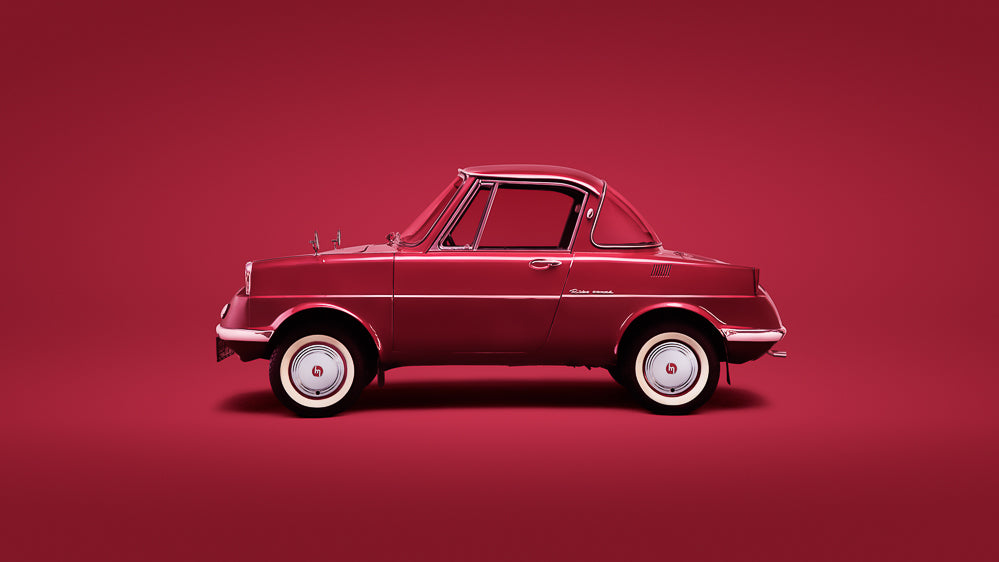Close to 400 images of Mazda’s heritage have been shared online so far (we obviously couldn’t include them all here, but we pulled together a selection of our favourites), as well as the announcement that a formal ceremony is underway at the company’s headquarters in Hiroshima. Further details of the Geneva Motor Show stand will be revealed in due course.






Founded as the ‘Toyo Cork Kogyo Co., Ltd’ in January 1920 – it would be another 11 years before the ‘Mazda ’ name was incorporated – the Japanese firm set out to “question common practices and forge new paths in engineering and design that others considered unfeasible”. Said path started with machine tool production until the company’s first vehicle – the three-wheeled ‘Mazda-Go’ Type-DA truck – arrived in 1931. Named in honour of then company president Jujiro Matsuda, and a name associated with Ahura Mazda ‘The God of Light’, the three-wheel truck featured a primitive 482cc one-cylinder engine that powered the rear wheels, but crucially, one produced in-house, a fulcrum of the company’s goals moving forward. Aided by its robust nature, as proven by a 2,700km marketing run Kagoshima to Tokyo in 1936, and a fuel-saving four-speed transmission that debuted in 1938, production of Mazda-named trucks and auto rickshaws was still on-going after the second World War and into the 1950s.











In 1960, the company’s first passenger car – the R360, complete with 16hp 365cc air-cooled engine – was unveiled, but the real headliner arrived one year later in 1961, when Mazda signed a deal with German carmaker NSU to develop and produce its lightweight Wankel rotary engine. To say it opened the floodgates would be something of an understatement.
In 1967, just one year after the Bertone-inspired Luce coupe had become the company’s flagship, the Cosmo Sport (or 110S overseas), the world's first volume production sports car powered by a rotary engine, was unveiled at the Tokyo Motor Show. Mazda never looked back, and six years of brutal development, including ‘nail marks of the Devil’ on the inside of the rotary housing, had finally paid off.






In the years that followed, theMazda Motor Company – as it was officially renamed in 1984 – would become the first Japanese marque to win the 24 Hours of Le Mans, fittingly, with the four-rotor 787B in 1991. The RX-7, among Mazda’s most popular sports cars to-date, helped push global sales of rotary-powered engines close to the two-million mark in the years that followed. More significant than that though was the arrival of the MX-5 / Miata in 1989. The lightweight, two-seater remains the best-selling roadster to-date, surpassing the one-million production-units mark in 2016 during its fourth generation, pounding the likes of the Lotus Elan, the BMW Z4, and yes, even the Honda S200 into the dust in its wake.
*Images courtesy of Mazda Motor Company




















































